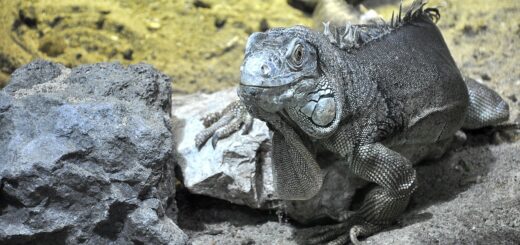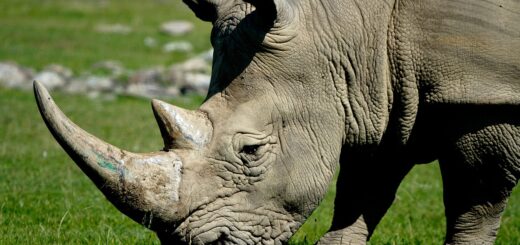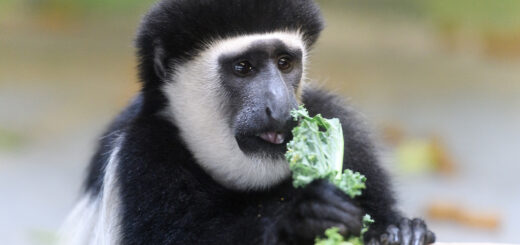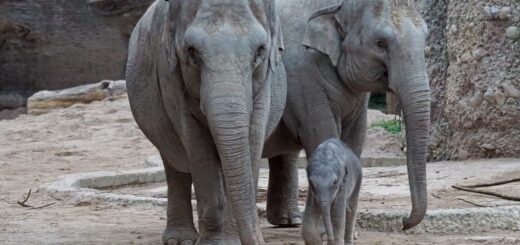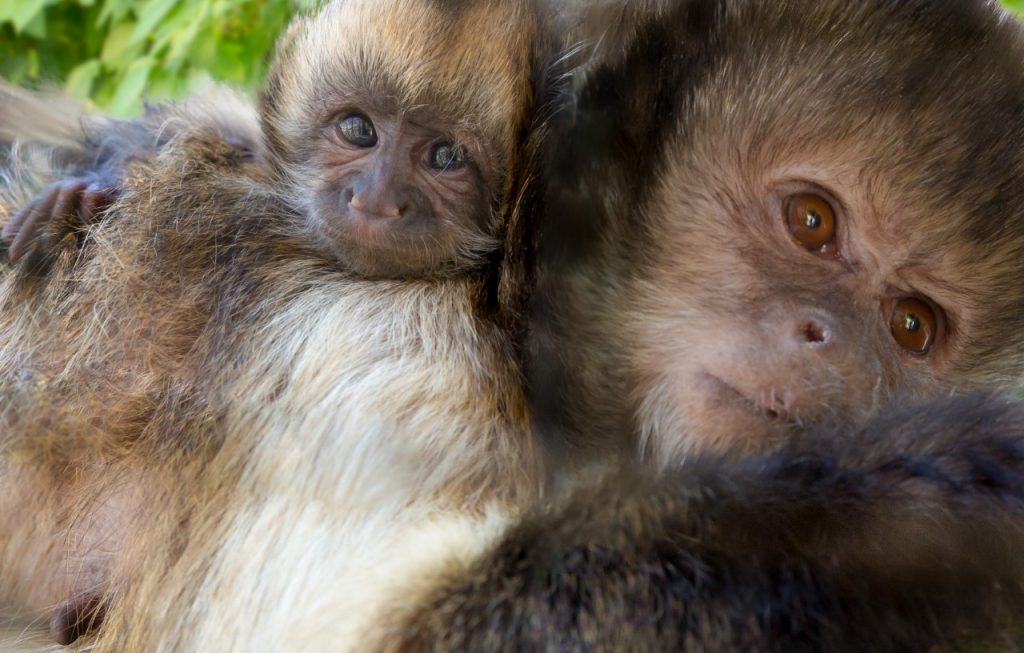Positive impact of selenium supplementation on selenium status and antioxidant status in rhinoceros (Diceros bicornis bicornis; Ceratotherium simum simum), elephant (Loxodonta africana), and zebra (Equus zebra hartmannae; Equus grevyi) at Disney’s Animal Kingdom®
Citation
Sullivan KE, Fowler A, Swanhall A, Lance J, Livingston SE, Bissell H, Vyas D, Valdes EV, and Warren LK. 2023. Positive impact of selenium supplementation on selenium status and antioxidant status in rhinoceros (Diceros bicornis bicornis; Ceratotherium simum simum), elephant (Loxodonta africana), and zebra (Equus zebra hartmannae; Equus grevyi) at Disney’s Animal Kingdom®. In Brooks M, Fidgett A, Kendrick E, Treiber K Eds. Proceedings of the Fifteenth Conference on Zoo and Wildlife Nutrition, Zoo and Wildlife Nutrition Foundation and AZA Nutrition Advisory Group, Hybrid.
Abstract
Optimizing Se levels above the minimum requirements of equids, in the diets of African elephants (Loxodonta africana, n = 7), Southern white (Ceratotherium simum simum, n = 5) and Southern black rhinoceros (Diceros bicornis bicornis, n = 2), Hartmann’s mountain (Equus zebra hartmannae, n = 3) and Grévy’s zebra (Equus grevyi, n = 2) under managed care, may serve to improve antioxidant function, bolstering immune wellness and reproductive health. Based on the Se status and diet of these species held at Disney’s Animal Kingdom® and Disney’s Animal Kingdom Lodge®, we documented the impact of increasing total dietary Se intake to three times the equine requirement for Se, an amount shown to improve antioxidant status in horses. By using a bioavailable organic selenium yeast, rather than inorganic forms, we achieved this dietary level safely and efficiently. Blood was collected prior to Se supplementation and again, after at least 150 days to ensure full red blood cell turnover in all species. Supplementation improved serum Se across time (P = 0.0003), but had variable impacts on vitamin E, whole blood Se, and glutathione peroxidase (GPx), and plasma superoxide dismutase (SOD) dependent on species across time. Plasma SOD corrected for total protein was higher for black rhinos compared to the other species (P = 0.01) and lower after treatment for all species (P = 0.01). Increased GPx in white rhinoceros across time (P = 0.02), as well as overall Se increases support further investigation into increasing organic Se use in diets for these species as an essential nutrient and a potential protective force for long term care.
 32_Sullivan.pdf 13 KB
32_Sullivan.pdf 13 KB



